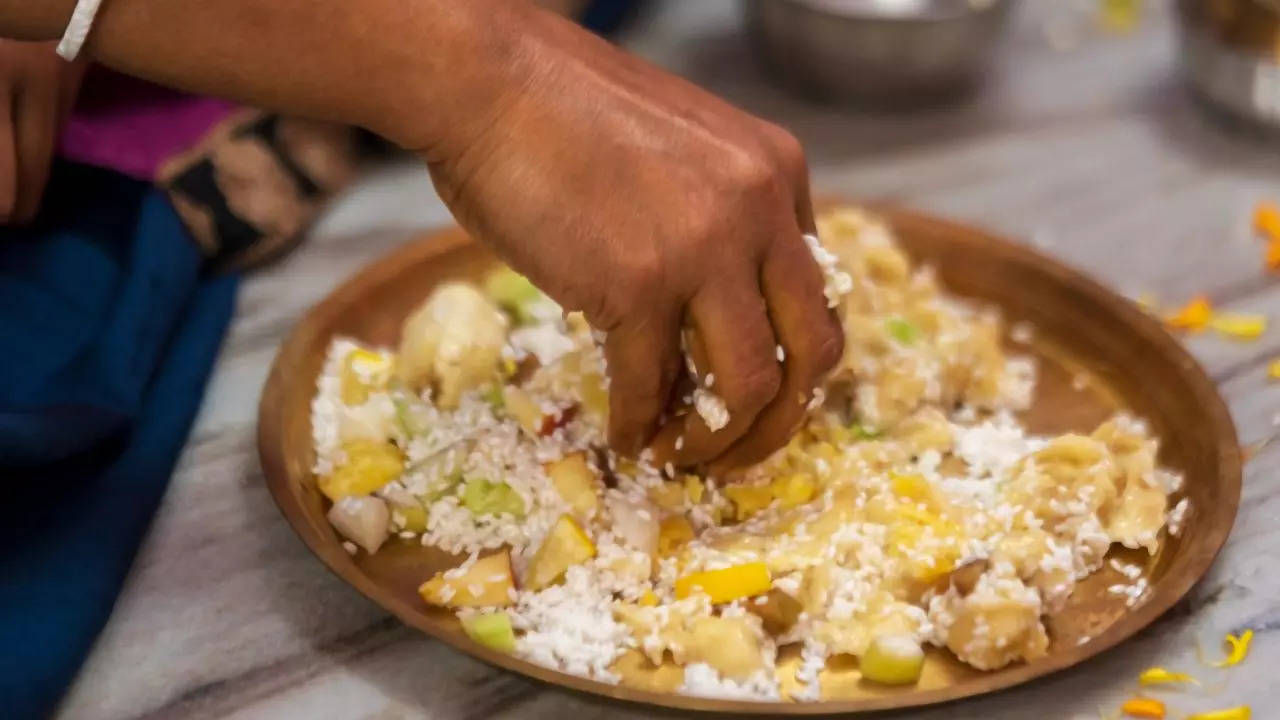A common ritual A common practice in every Hindu temple is that once the Prasad is offered to the Gods or their idols, it is given back to the devotee to eat and share with others. Be it the gud chana that is offered to Maa Santoshi, or the modaks offered to Lord Ganesha, it is touched to the feet or mouth of the God and then handed back to the person. And then it is eaten and distributed among family, friends, or people sitting outside the temple.
But, have you ever noticed that the Prasad offered to a Shivling is never given back to the devotee? And it is usually recommended that if you get something back, you should not consume it but rather offer it to a river or keep it near a sacred tree. What is offered to a Shivling? The Shivling is a form of Lord Shiva and is one of the most commonly worshipped ones. During the month of Sawan, and even on normal days, the Prasad offered to a Shivling is usually Gangajal, milk, Panchamrit, honey, sandalwood paste, fruits, flowers, and the like.

But, the fruits and flowers offered are not given back to the devotee. Once these items are poured or placed on the Shivling during the Abhishekam, the priests just let it flow through. Why should Prasad be not eaten? One of the most famous legends about why this Prasad should not be consumed is about Chandeshwar, the head of otherworldly beings.
It is said that on the mouth of Lord Shiva, lives Chandeshwar, the head of the spirits. And so, any Prasad that is touched by Lord Shiva’s mouth belongs to Chandeshwar and his clan. So taking anything from Chandeshwar becomes a sin as the devotee is taking something that rightfully belongs to a part of Lord Shiva.
Thus, it is said that anything offered on a Shivling should not be consumed as it belongs to Chandeshwar and the spirits he oversees. The poison legend Another reason why it is said that devotees should not consume the Prasad is because of the Samudra manthan legend. A promise of Moksha Another reason why people should not consume the Prasad is based on the belief that Lord Shiva’s prasad can give people instant moksha and free them from the cycles of birth and death.
And while moksha is the ultimate goal for any human, everyone has to complete certain cycles of life and death to be worthy enough to attain moksha. Thus, it is best to not disrupt that cycle by consuming the Prasad. Are there any exceptions? When it comes to Shivling, not all are the same or made from the same material.
Some Shivlings are made with mud and sand, some are made with stone, some with clay, and some even with precious stones. And so, an exception is made when it comes to a ‘Dhatu Shivling’ which is made with metal. In some temples and households Shivlings are made with metal and worshipped.
And so, any Prasad offered to such Shivlings can be consumed by devotees. Visual Stories Khushi Kapoor raises the style bar in an embellished patchwork hybrid blazer dress 10 ways to add almond butter to your breakfast Tamannaah Bhatia channels a modern-day Radha with her latest photoshoot in pastel lehenga Surbhi Chandna emanates captivating allure Proof that Indian moms are funny and sarcastic Impressive Pictures of Anagha Amritha Aiyer mesmerises with her effortless smile Urmila Matondkar stuns in fabulous photoshoot In Pics: Elegant looks of Anupama Parameswaran Photostories Featured In lifestyle MORE FROM E TIMES.



















